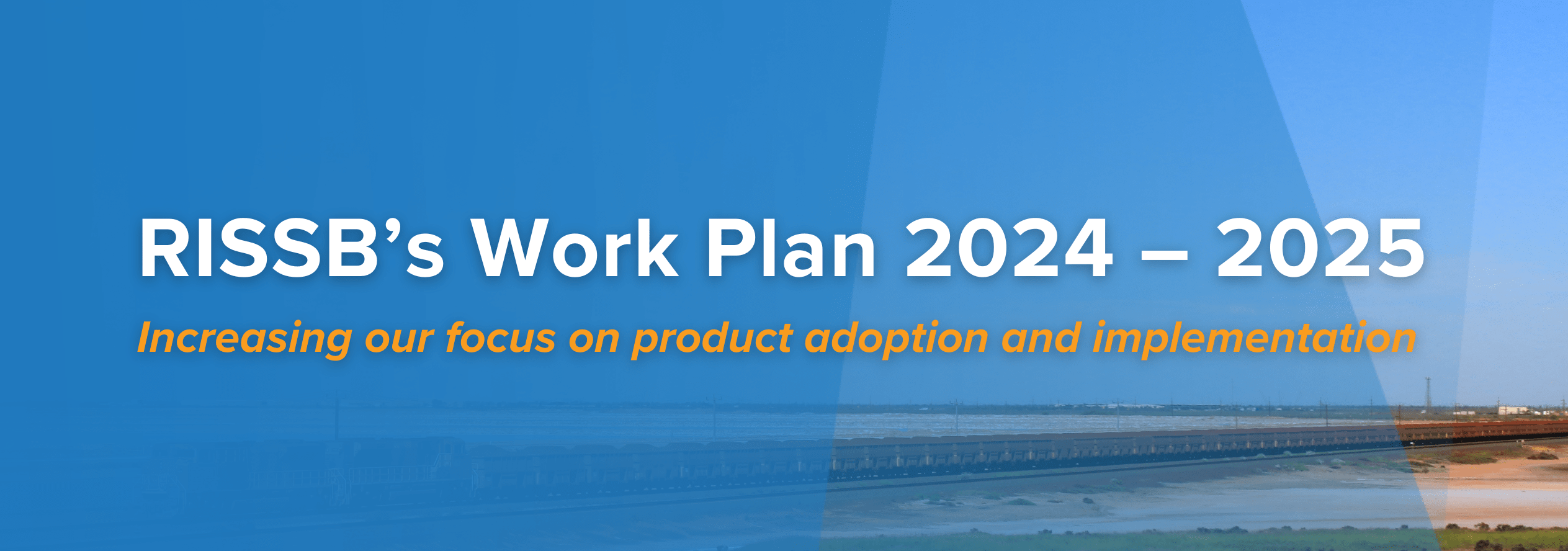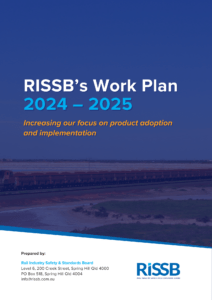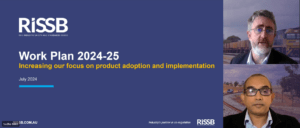| CoP – Rail Transport of Dangerous Goods |
This CoP informs rail transport operators in the logistics chain of the requirements for the safe transport of DG on rail. |
|
✔ |
✔ |
|
|
|
With incidents internationally, there is a need to focus on the transportation of DG by rail. This CoP will bring together guidance on managing DG transport risks, end-to-end from transfer from manufacturing facilities, formulation of DG in train consists / vehicle combinations, shunting DG wagons in rail terminals, and offloading. |
| AS 7502 – Road Rail Vehicles |
This Standard sets the core requirements for the safe design, construction, testing, maintenance, modifications and decommissioning of road rail vehicles. |
✔ |
✔ |
✔ |
|
|
|
Safe operation of the RRV remained a key focus after two fatalities in 2013. The Standard was developed and introduced as key risk control.
Reviewing the Standard will ensure that the requirements introduced to mitigate the risk remain effective. Mitigating RRV incidents remains a key focus for the industry with further reported incidents in the last five years. |
| CoP – Driver Only Operations |
This CoP will provide principles and practices for the safe implementation and maintenance of Driver Only Operations.
The document will provide a consistent approach using a reserve SFAIRP methodology to identify key controls necessary for implementation. |
|
✔ |
✔ |
|
|
|
This Code aims to provide guidance on how hazards and risks associated with DOO are managed safe so far as is reasonably practicable (SFAIRP), with consideration of recent fatalities in the Australian Railway Industry.
This includes the requirement for a rail transport operator (RTO) to demonstrate due diligence in developing and applying a risk methodology that confirms rail traffic operating as DOO are safe SFAIRP, or reverse SFAIRP where operation changes are made to introduce DOO. |
| CoP – Vigilance Timing Cycle |
This CoP provides a prescriptive method for determining vigilance timing cycles on rolling stock. |
|
✔ |
✔ |
|
|
|
There is an industry need to provide a prescriptive method for determining appropriate vigilance timing cycles, considering interoperability, i.e., operation across multiple RIMs, human factor concerns for rail traffic crew, performance characteristics of rolling stock, and best practices. |
| GL – Monitoring Fatigue Risk Management Programs |
The objective is to guide RTOs in monitoring their management of fatigue-related risk within fatigue risk management systems and procedures. |
|
✔ |
✔ |
|
|
|
The Guideline will support RTOs in effectively monitoring and maintaining their fatigue risk management program. This document provides guidance to determine the compliance and effectiveness of the Fatigue Risk Management Program (FRMP). |
| AS 7520.1 Body Structural Requirements – Locomotive |
This Standard describes the requirements for the structural strength of railway locomotive bodies |
|
✔ |
✔ |
|
|
|
This targeted Review will address findings from the ATSB report (Wallen Incident) to improve crashworthiness. These updates will improve driver safety outcomes.
The Standard will:
- Prescribe the minimum structural integrity level of the vehicle body to ensure safe performance under normal operating conditions and extreme operating conditions
- Minimize risks to train crew and members of the general public in the event of collisions or derailments.
|
| AS 7522 – Access and Egress |
This Standard describes requirements for access and egress of workers and passengers on locomotives, freight, passenger, and infrastructure maintenance (track machines) rolling stock. |
|
✔ |
✔ |
|
|
|
The main purpose of the requirements is to provide safe, efficient, equitable and dignified access and egress, and to minimise risks to passengers and workers associated with access and egress, emergency evacuations, and requirements for people with disabilities.
This targeted review address findings from the ATSB report (Wallen Incident) to improve access and egress. In addition, it will consider change requests related to crew cars, which is also a finding from another ATSB report. These updates will improve safety outcomes for drivers. |
| ANRP 6001 – Overrun of the Limit of Authority |
This product prescribes the rules for dealing with an overrun of the limit of authority in the Network. |
|
✔ |
✔ |
|
|
|
This is a targeted review based on the findings from the ATSB investigation (RO-2019-022) on Jumperkine fatality. The updates will improve safety outcomes for the industry. |
| National Rule framework: Degraded Operation Rule 4 |
This product will prescribe the rules to control the event of rail traffic exceeding the limit of authority. |
|
✔ |
✔ |
|
|
|
This is a targeted review based on the findings from the ATSB investigation (RO-2019-022). The updates will improve safety outcomes for the industry. |
| Operational Concept for the Australian Rail Network |
This product sets out the fundamental operating principles for the Australian Railways on which the operational publications (network safety rules) were developed. |
|
✔ |
✔ |
|
|
✔ |
This targeted review will update the document to be aligned with the current structure in place for Rules publication. |
| AS 7470 – Human Factors Integration in Engineering Design – General Requirements |
This Standard supports Human Factors Integration (HFI) into the engineering design process within the Australian Rail Industry. |
|
✔ |
✔ |
|
|
|
Significant investments are made in rolling stock and infrastructure projects in Australia. The systematic consideration of human capabilities and limitations as inputs to an iterative design process results in adequate integration of Human Factors in all phases of a system’s development lifecycle. The review will update the standards to the current HF practices. |
| CoP – Rail Safety Investigations |
This CoP provides procedures, tools and examples to assist accredited Rail Transport Operators (RTOs) conduct rail safety investigations in order to prevent similar occurrences. |
|
✔ |
✔ |
|
|
|
Rail Safety Investigations are a means to review the effectiveness of current controls in light of an incident to understand if additional controls are needed to prevent a similar occurrence. The review of this guideline will ensure that the industry is furnished with updated approaches to investigation management. RISSB continues to provide the best rail safety investigation training for the rail industry. |
| GL – Derailment Investigation Analysis Guideline |
This Guideline describes aspects of train operations, rolling stock, infrastructure, and human factors that could cause or contribute to a derailment and provides guidance to conduct derailment investigations. |
|
✔ |
✔ |
|
|
|
Derailment investigations enables the RTOs to understand contributing factors to the derailment event and effectiveness of the controls implemented. The review of this guideline will ensure that the industry is provided with updated approaches to derailment investigations and that RISSB continues to provide the best derailment investigation training for the rail industry. |
| CoP – Light Rail – Management of Rail Safety Worker Competencies |
This CoP provides the light rail industry with a harmonised approach to the development of competency management systems for light rail operators and maintainers. |
|
✔ |
|
✔ |
|
✔ |
This is a new product for the light rail industry that defines rail safety competencies for specific rail safety workers. |





